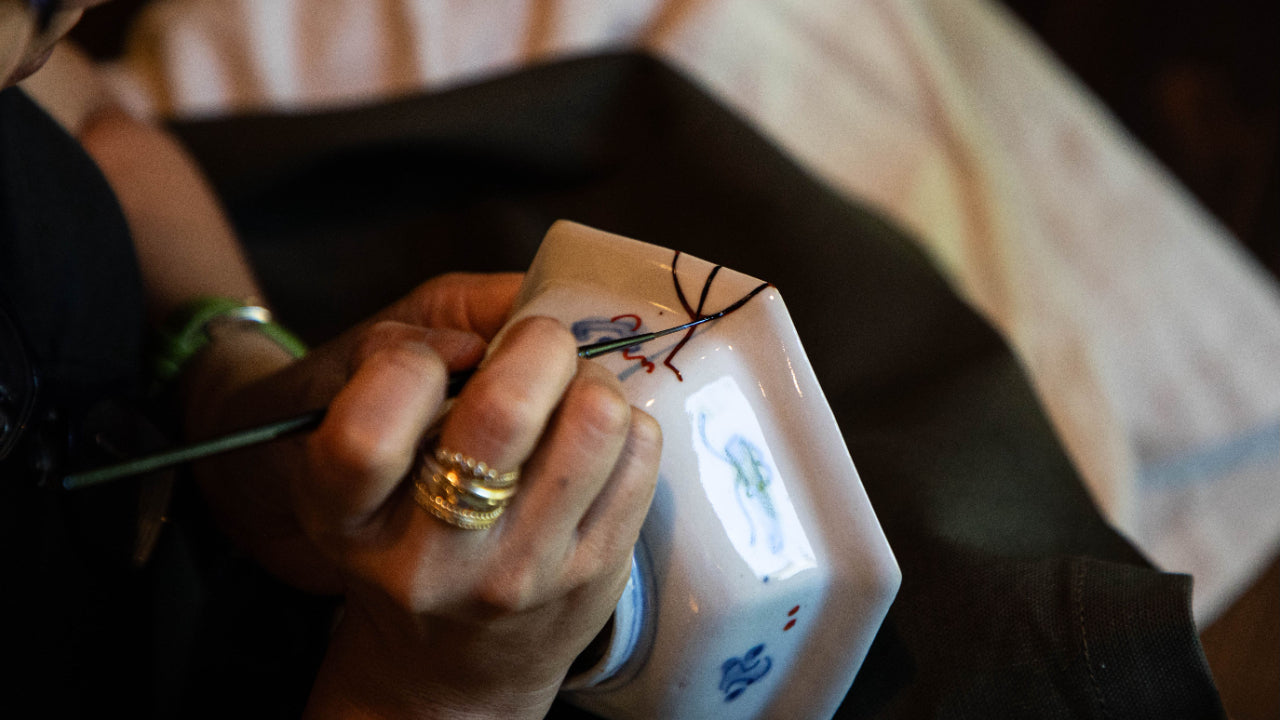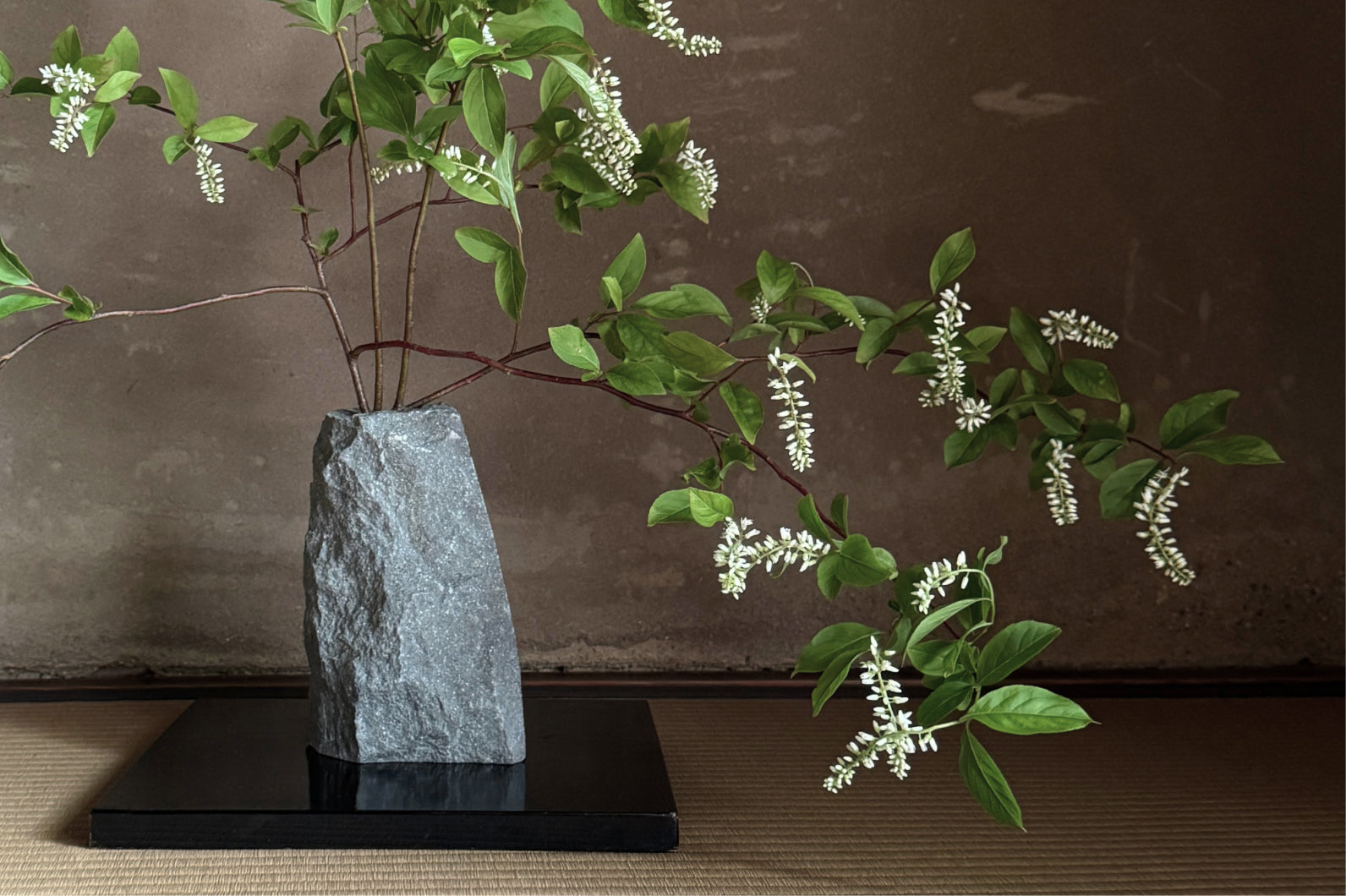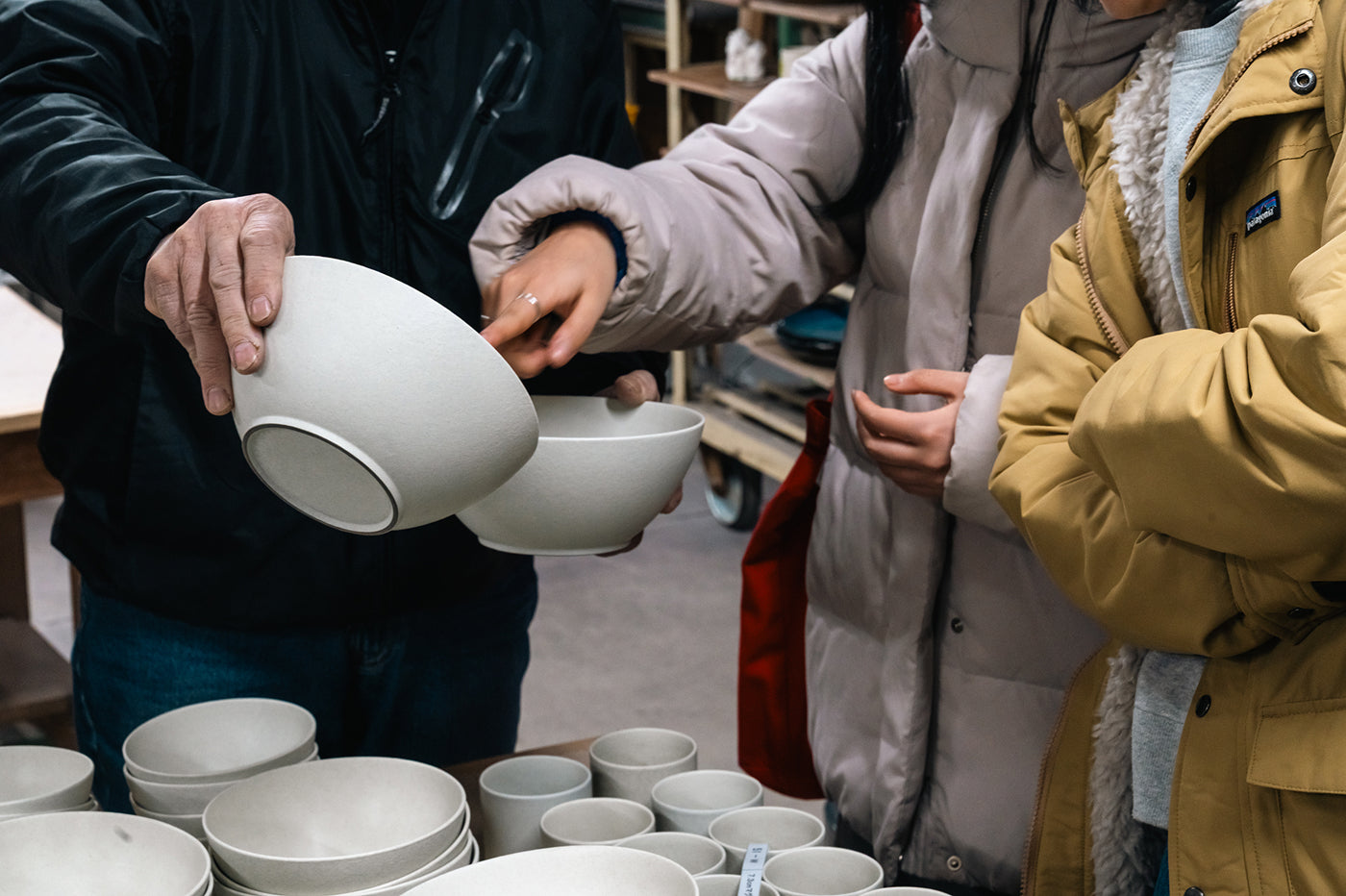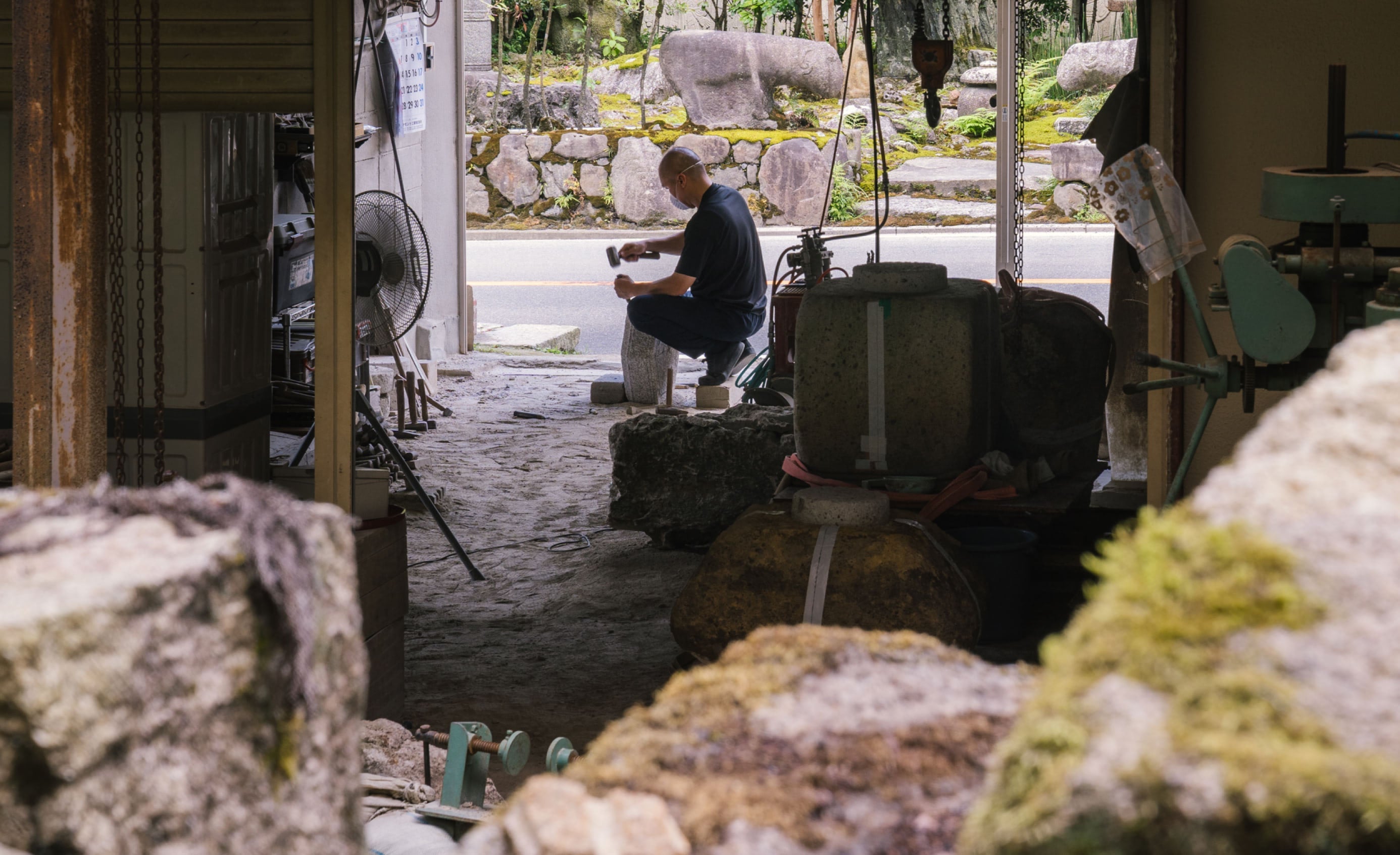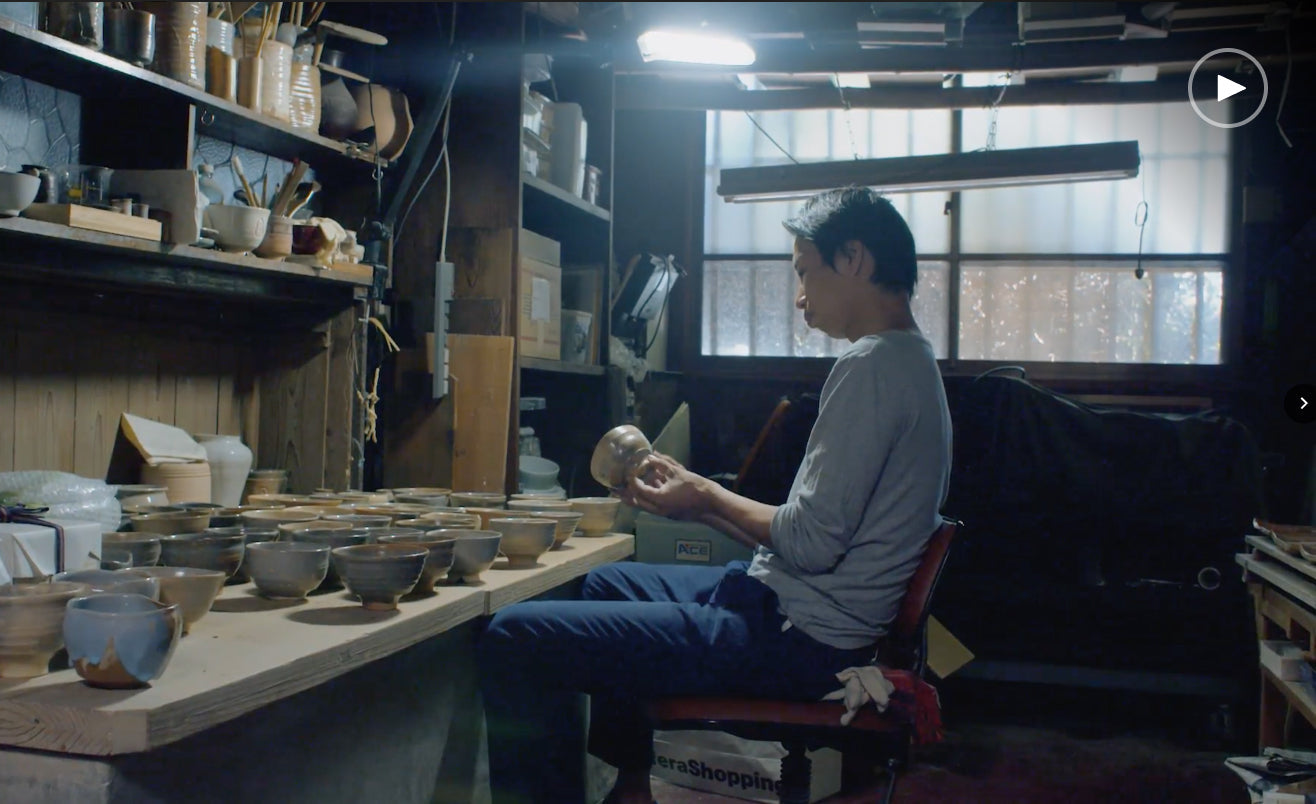In Summer 2023, we welcomed our inaugural class to Kyoto for the first ever Kintsugi Apprentice Program.
Enthusiastic, curious, and creative individuals from around the world joined us for two months to study hon-kintsugi (true kintsugi). They learned traditional kintsugi restoration technique, and received special masterclasses from professionals in and around the kintsugi ecosystem, like woodworkers, ceramicists, lacquerware artists, and harvesters.
Before beginning a repair, creating a patient chart allows you to thoroughly assess the piece, and envision its evolving keshiki, or landscape. Through kintsugi, we learn to embrace nonlinear process, a journey that is full of detours, bends, and unexpected weather. But the patient chart helps to first map out a plan of action. Between each Apprentice’s patient chart and the correlating finished piece, is a two-month story of trial, tribulation, and triumph.

Kintsugi starts in our minds by being prescriptive, but it's actually very open ended. Where you start and where you end might not have any logical prediction. Being in the step where you are and embracing it leads to better consequences.
There is a tension between the material and your intention in repairing and what happens when urushi is in the mix. The outcome is potentially quite unpredictable. I am energized by the fact that it felt bumpy and new.
Claudia, Summer 2023

I'm so excited by all the things kintsugi can do, [and by] being able to repair things. I've gone from functional ware to making art.
Each piece is a new challenge so it never gets boring. Gluing pieces together (with mugi urushi) was hard because [you have to get it] to line up. And then [exploring] how to repair something that isn't lined up perfectly. So each step informs the step before it and is a lesson in what could have been done better. All of it has been really interesting.
Elysa, Summer 2023

It is a piece from my favorite artist …so it was very exciting to work on. It's kind of like a collaboration.
Sabi urushi is my favorite part (of kintsugi repair). It's very surprising because I found it very tedious at first…Filling in gaps, waiting, covering with tape…You have to do it again and again, and the waiting period… It's a ton of effort. But sabi is the foundation (to the lacquer work and finishings). So sabi is the stuff that I will take my time to get to a point where I'm comfortable.
Viola, Summer 2023

With each piece, I fall in love and out of love with it, but I always like to assemble it and to see what is going on. If I had to choose one step [as my favorite], it would be sanding sabi urushi because once you sand it, the whole piece stands out for the very first time before applying lacquer and you're ready to do your beautiful, fine work.
You have to look at your piece, think about it, think about the steps, what to use, what to not use, what will be the consequences. Sometimes I'm impatient, and I tend to jump into the next step earlier than it should be, so here I learned to give [each step] all the time that it needed.
Silvie, Summer 2023

I feel empowered when I hold a piece in my hand and am able to reconstruct it.
The pieces change with the repair, and would expand and change in terms of the form… I enjoy every part of the process. Working with different finishings, different materials was interesting for me.
Shan, Summer 2023

Kintsugi makes sense because… you're fixing something so you can continue to use it and not waste it. It’s beautiful.
The last step of applying the gold is my favorite. It's like magic. Because I had never done kintsugi before, there were bumps along the way, but I looked at every bump as a learning experience. I think about it as, ‘’My bowl has 5 different learning experiences in one item.''
Melody, Summer 2023
Are you interested in joining us for the Kintsugi Apprentice Program here in Kyoto? Our graduates share what it is like learning kintsugi in its place of origin:
‘‘The mottainai philosophy is so present in Kyoto…it is helpful to be here in Kyoto to see how Japanese people live carefully, [especially] with recycling. It is a way of life.’’ – Melody
‘‘Here in Kyoto, kintsugi is present… In the States, we would never think of seeing repaired pieces at high end restaurants, but I was at a sushi restaurant [in Kyoto] and [a repaired piece] was just sitting there. Everywhere you look here, people treasure things and they celebrate everyday uses of it, so I think Kyoto is the place where, if you want to start learning kintsugi, you should start. – Viola
‘‘The whole context of being here in Kyoto was helpful in being able to understand kintsugi on a deeper, more profound level.’’ – Silvie
Click here to learn more about studying kintsugi with us. And hear about the Kintsugi Apprentice Program experience directly from our Apprentices in this video.


